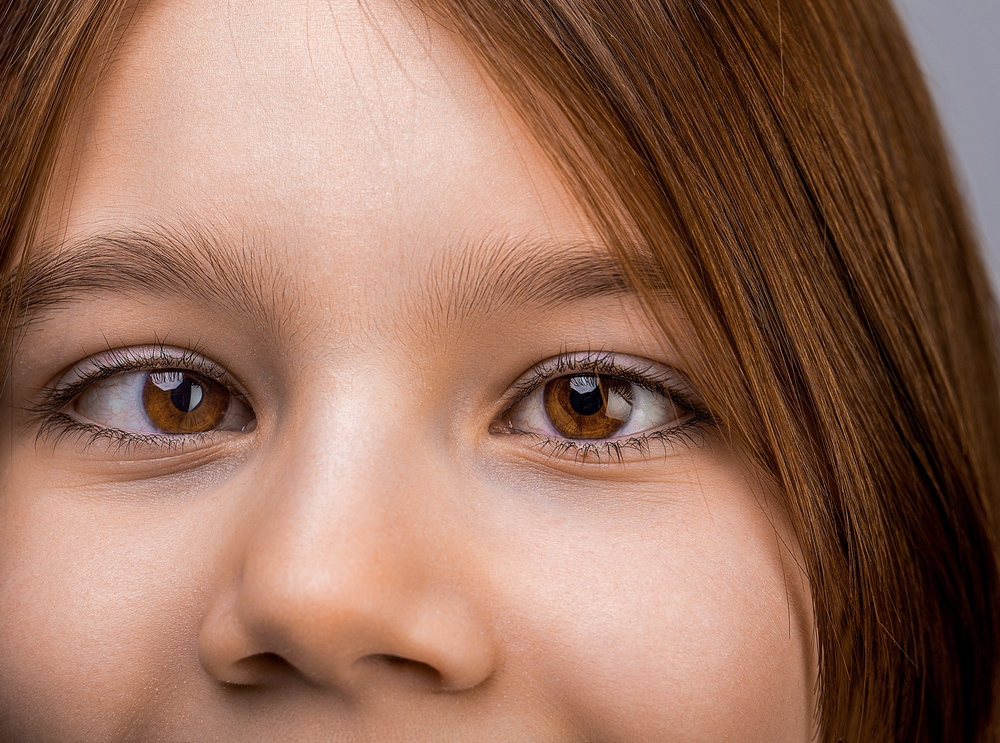High5 Vision Development Blog
Learn more about optometrist care in our blog!

When children struggle in school, the first thoughts often turn to academic or behavioral issues. But sometimes the root cause lies in something less obvious: vision. More specifically, a child’s ability to perceive depth, also known as depth perception or stereovision, plays a key role in how they interact with the world and succeed in the classroom.

Strabismus, often referred to as "crossed eyes" or an eye turn, is a condition where the eyes don’t line up properly. One eye may look straight ahead while the other turns inward, outward, up, or down. For families in New Braunfels and the surrounding areas, recognizing the signs of strabismus early can make a world of difference in their child’s vision development.

When a child struggles in school, parents and teachers often assume the issue is a learning disability. While this is sometimes the case, vision problems can also be the root cause of academic difficulties. Many children with undiagnosed vision issues exhibit symptoms similar to dyslexia, ADHD, or other learning disorders, leading to misdiagnosis and ineffective interventions.

Reading is a critical skill that shapes a child's academic success and opens doors to lifelong learning. But for some kids, reading feels like an uphill battle. Words blur, letters seem to jump around, and focusing becomes exhausting. If your child struggles with reading, their vision might be the key to unlocking their potential. Vision therapy offers a solution, helping children overcome challenges and thrive academically.

Eye teaming and tracking problems can significantly impact daily life, from difficulty reading and concentrating to struggles with coordination and sports performance. These issues, often unnoticed, can be frustrating for both children and adults. Fortunately, vision therapy offers a non-invasive, personalized solution to help improve these visual skills and enhance overall quality of life.

Eye teaming problems, also known as binocular vision disorders, occur when both eyes fail to work together effectively. This can lead to discomfort, difficulty focusing, and even problems in daily life activities such as reading or driving. Identifying the signs early is essential to finding a solution, and vision therapy offers a powerful way to address these issues.

As a parent, you want your child to excel in school, especially in reading—a foundational skill for academic success. But what happens when reading becomes a challenge, despite your child’s best efforts? Often, this struggle may not be due to a lack of interest or intelligence but instead could be linked to an undiagnosed vision problem. Vision therapy may be the solution your child needs to overcome reading difficulties and develop strong reading skills.

Children rely heavily on their vision to interact with the world around them, especially in educational settings. Studies show that up to 80% of learning occurs through visual processing. When a child struggles with their vision, they may find it harder to read, follow instructions, or concentrate in class, leading to difficulties in learning. Regular eye exams help ensure children can see clearly, identify potential issues, and set them up for success in school and beyond.

Amblyopia, commonly known as "lazy eye," is a condition in which one eye develops poorer vision compared to the other eye. This happens when the brain favors one eye over the other, causing the weaker eye to become increasingly reliant on the stronger eye for visual information. Amblyopia typically develops during childhood, often before the age of 6. If left untreated, it can lead to permanent vision impairment in the affected eye. Understanding the nature of amblyopia and the available treatment options is crucial for ensuring the best possible visual outcomes for those affected.
Reading is a fundamental skill that forms the foundation for academic success. However, some children may struggle with reading, leading to various learning difficulties. These reading difficulties can stem from a range of factors, including cognitive processing, language skills, and even underlying vision problems. These challenges can significantly impact a child's academic performance, self-esteem, and overall learning experience. It is essential to recognize the signs of reading difficulties early on and seek professional help to address the underlying issues.








